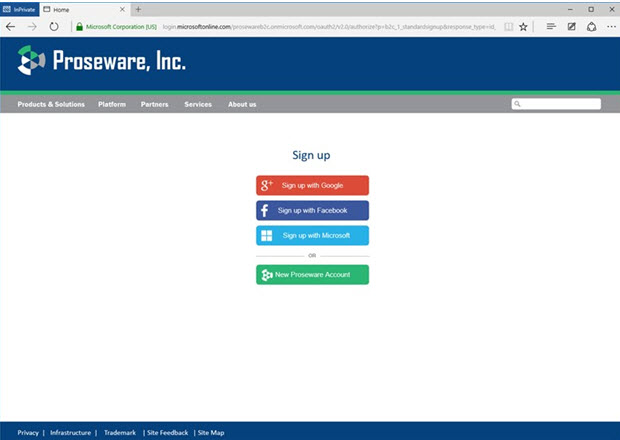Microsoft extends Azure Active Directory authentication with two new services

Microsoft is making public previews available on September 16 of two new Azure Active Directory authentication services.

Azure AD B2B collaboration and B2C are based on what Microsoft already provides for employee identities with Azure AD. Today's new services expand these capabilities to external identities.
Azure AD B2C is available as a pay-as-you-go service for those who want to integrate it with their applications and services. The first 50,000 consumer identities are free, and after that developers pay "a fraction of a cent per authentication and per stored identity," according to a new Microsoft blog post about the new services.
Read this
Azure AD B2B is aimed at enabling businesses to share applications across companies without having to manage additional directories or partner identities. The B2B collaboration capabilities work with Azure AD Free, Azure AD Basic and Azure AD Premium, officials said. Pricing for AD B2B is here. The current B2C preview is free, but preview tenants are capped at 500,000 users.
In other recent Azure news, Microsoft made Azure Backup for Azure Infrastructure as a Service (IaaS) virtual machines generally available last week. As Microsoft Most Valuable Professional Aidan Finn noted, this capability may remove a roadblock for many who needed a simple and reliable way to back up their Windows and Linux VMs running on Azure, which could make Azure more attractive for running production workloads.